
Nano Particle Technology Disinfectant for Shrimp, More Effective and Safe in Combating Diseases
Shrimp diseases are one of the major threats in shrimp farming, which can result in significant losses for farmers and the fisheries industry. To address this issue, many shrimp farmers use disinfectants in an effort to prevent the spread of diseases in their ponds. However, in some cases, the use of unsafe and costly disinfectants has become a very concerning issue.
One interesting solution to address the problem of unsafe disinfectant use in shrimp farming is the application of nanotechnology. Nanotechnology is a rapidly evolving branch of science that has shown great potential in the field of fisheries. In shrimp farming, nanotechnology can be used to develop methods that are safer and more effective in combating diseases without compromising environmental health.
3 Roles of Nanotechnology in Current Aquaculture
The development of nanotechnology in shrimp and fish farming has been widely explored. Three of them are improving water quality, addressing diseases, and improving fish and shrimp growth.
1. Improving Water Quality
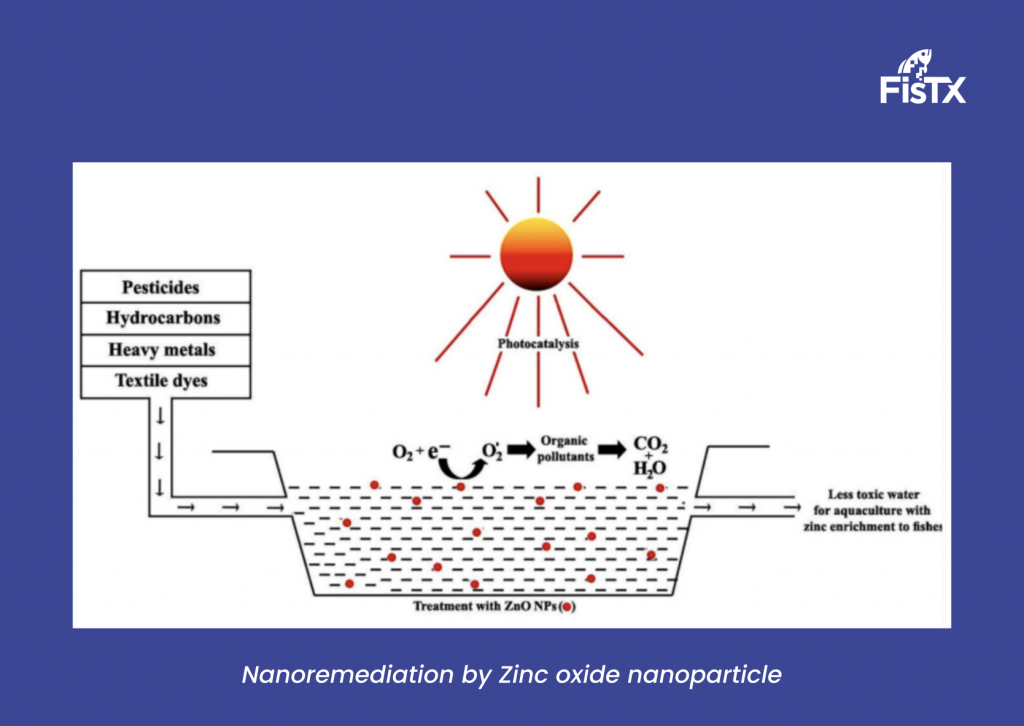
Nanotechnology has been used to develop more efficient water disinfection systems. One example is Zinc Oxide (ZnO) Nanoparticles, which can degrade pollutants in water such as pesticides, hydrocarbons, heavy metals, and textile waste. The application of ZnO can break down complex pollutant molecules into simpler molecules through photocatalysis mechanisms. Photocatalysts tend to trigger oxidation and reduction simultaneously by absorbing light. This is beneficial in the initial water treatment in farming activities.
Read also: Understanding the Impact of Ammonia in Shrimp Farming
2. Addressing Diseases
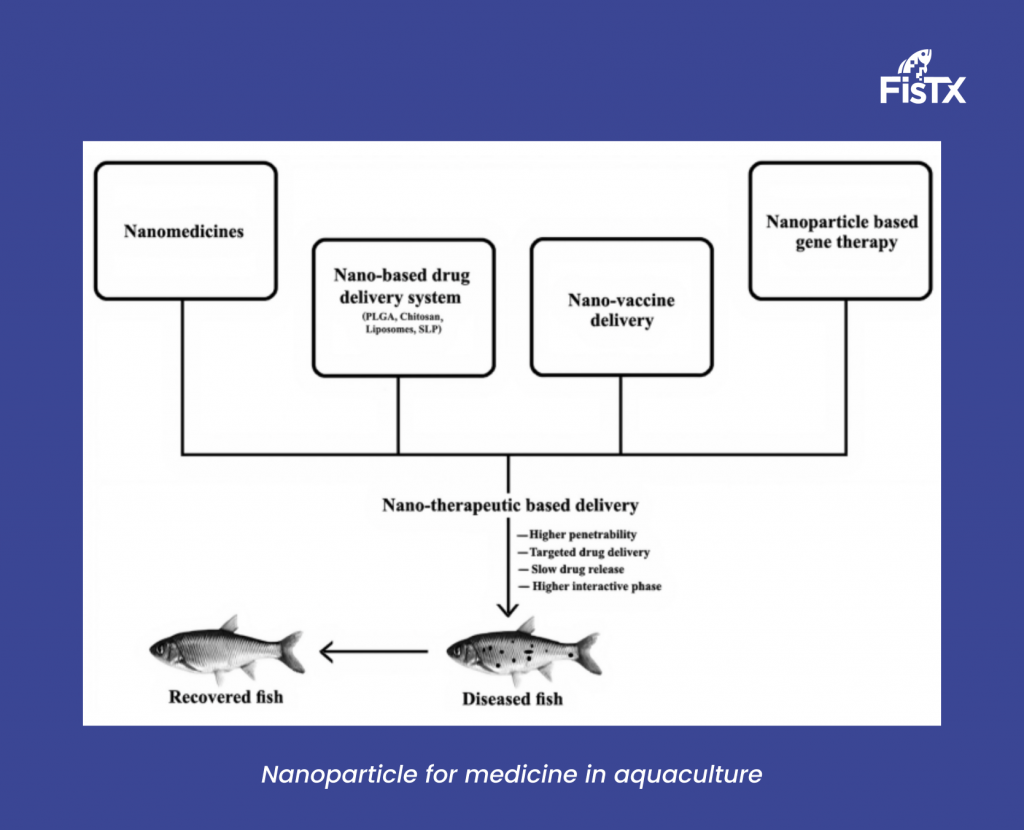
Nanotechnology is also used in the development of more effective vaccines and medications to combat diseases that often affect shrimp, including Vibrio. For example, copper nanoparticles have been researched for their ability to inhibit the growth of microorganisms that cause shrimp diseases without the need for harmful chemical disinfectants.
Copper nanoparticle can be found in some products, one of which is Nano Disinfectant. Nano Disinfectant can inhibit the growth of Vibrio through the ORP mechanism. When the nano disinfectant is oxidized, it increases the ORP value to 300 mV. At that ORP value, the water condition is considered toxic for Vibrio growth.
3. Improving Growth
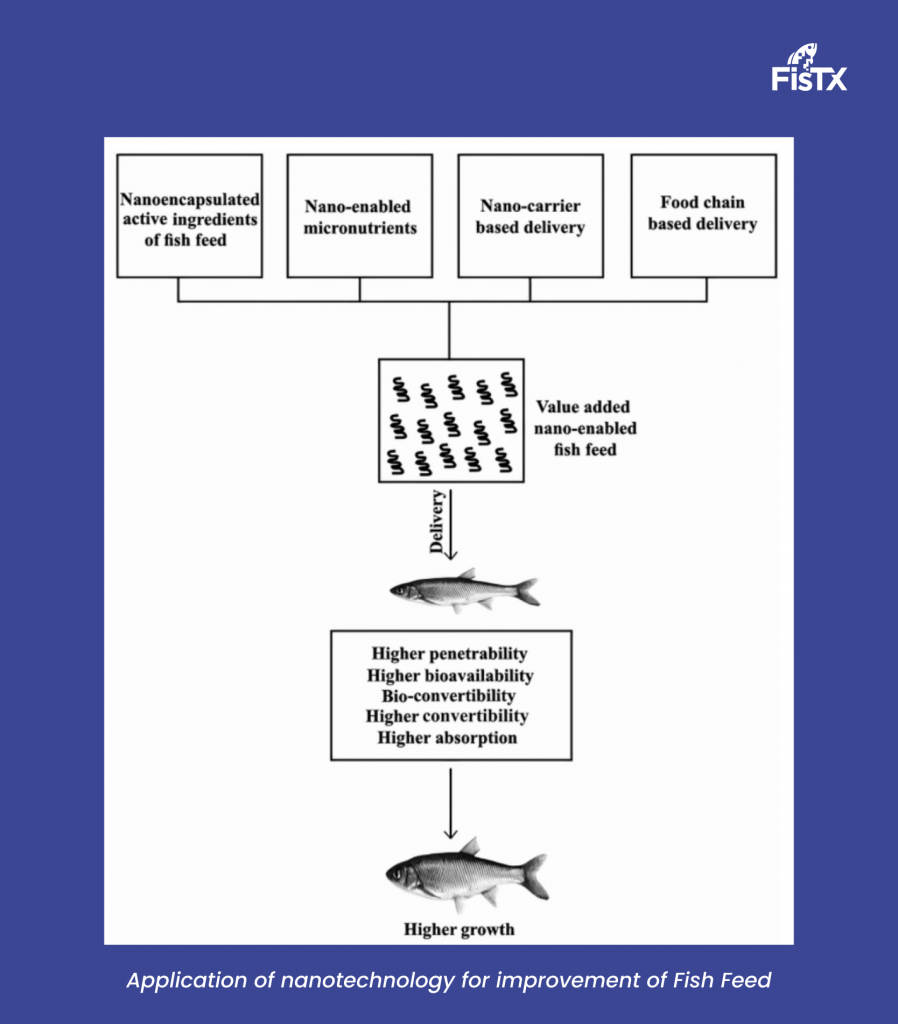
Nanoparticles can enhance growth in vannamei shrimp farming through feed supplementation. Besides being a disinfectant administered directly through water, some nanoparticles can also be mixed through feed addition to fish and shrimp. For example, Nano Silver has been found to enhance overall growth, protease activity, and metalloprotease in the digestive system. This improves protein breakdown into amino acids and optimizes nutrient absorption.
Time for More Comfortable Shrimp Farming
The goal of implementing technology in shrimp farming, including nanotechnology, is to achieve maximum farming results. In applying nanotechnology in shrimp farming, it is important to consider the current farming conditions such as the use of nurseries, water conditions, and economic aspects.
Using FisTx Nanotechnology products such as Nano Disinfectant and Nano Silver is considered safer and more cost-effective by farmers and hatchery operators. Besides the scientific facts about the use of very small-sized nanoparticles, the relatively low dosage is considered more economical in terms of usage.
Use safe and cost-effective disinfection products for more comfortable farming (comfortable for shrimp and farmers' pockets).

Read More Articles
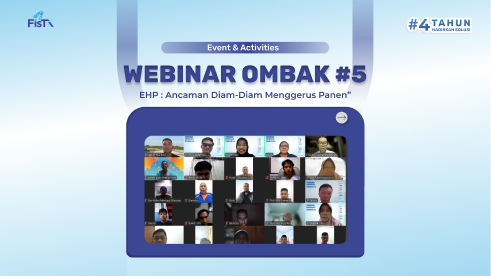
Unveiling Strategies to Combat the Threat of EHP Disease in Shrimp Farming
02 July 2025
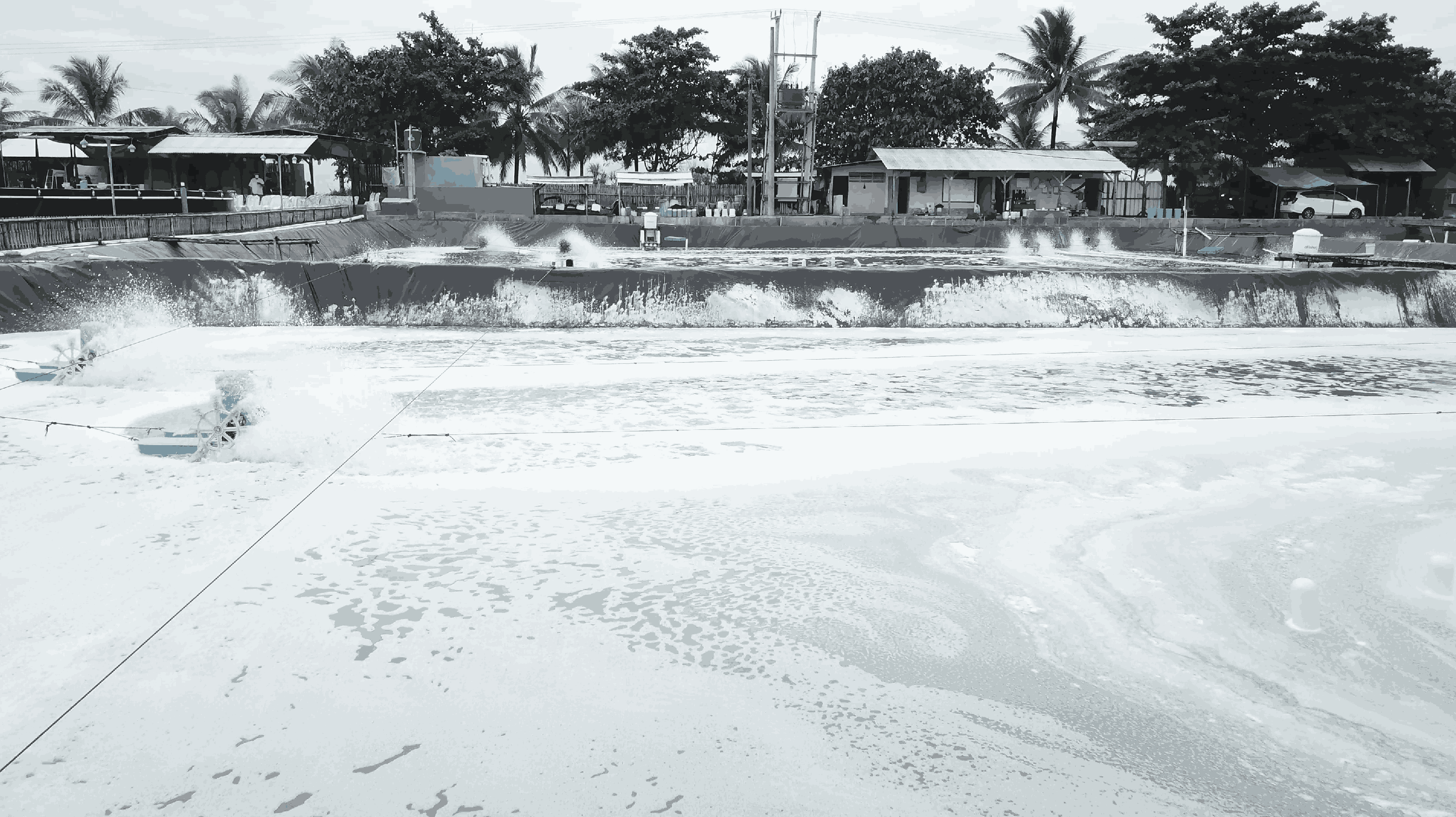
Production Cost Efficiency: Shrimp Pond Water Sterilization Strategies for Maximum Profit
05 March 2025
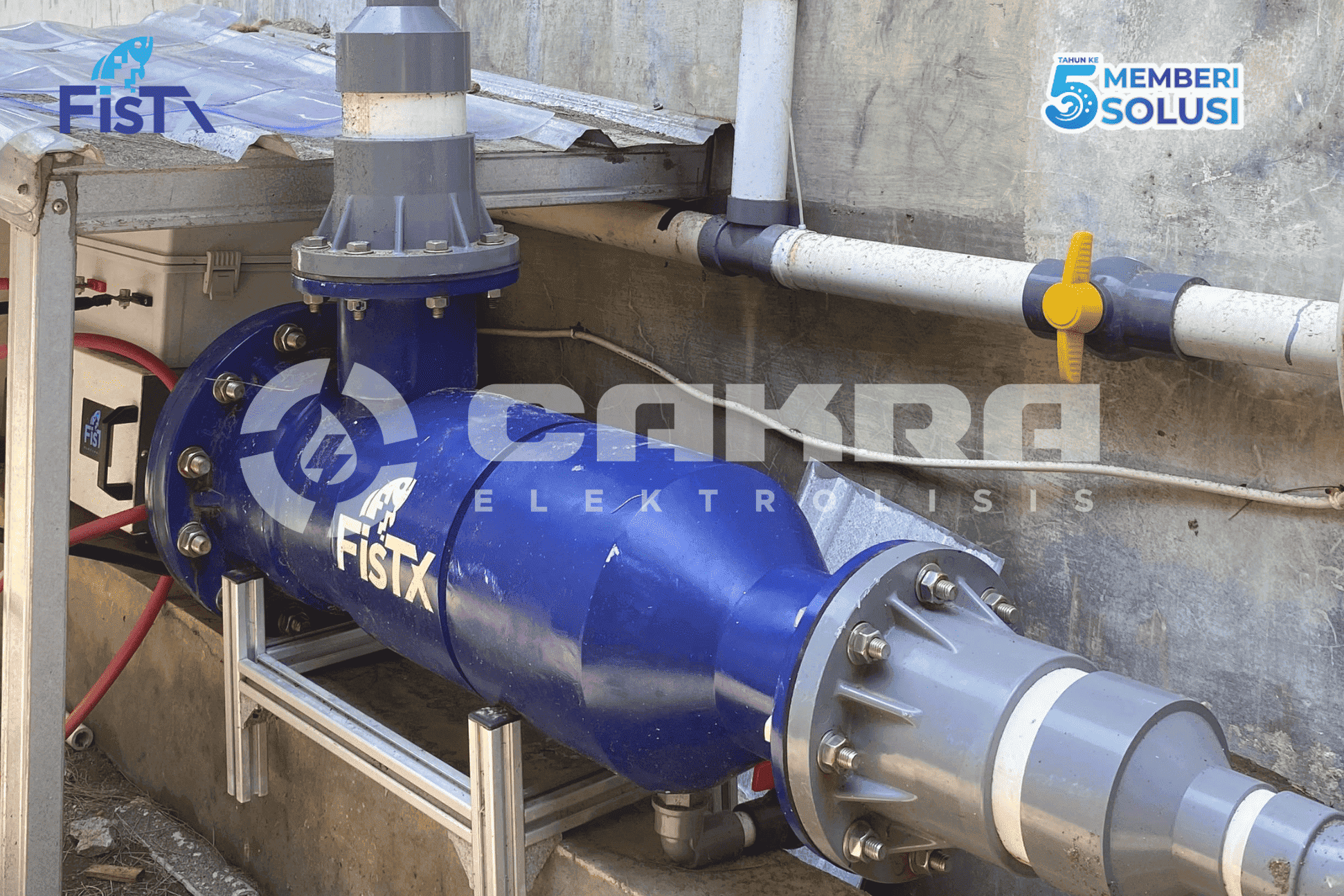
Cakra Elektrolisis : Innovation in Pond Water Sterilisation to Improve the Quality of Indonesian Shrimp Farming
18 December 2025